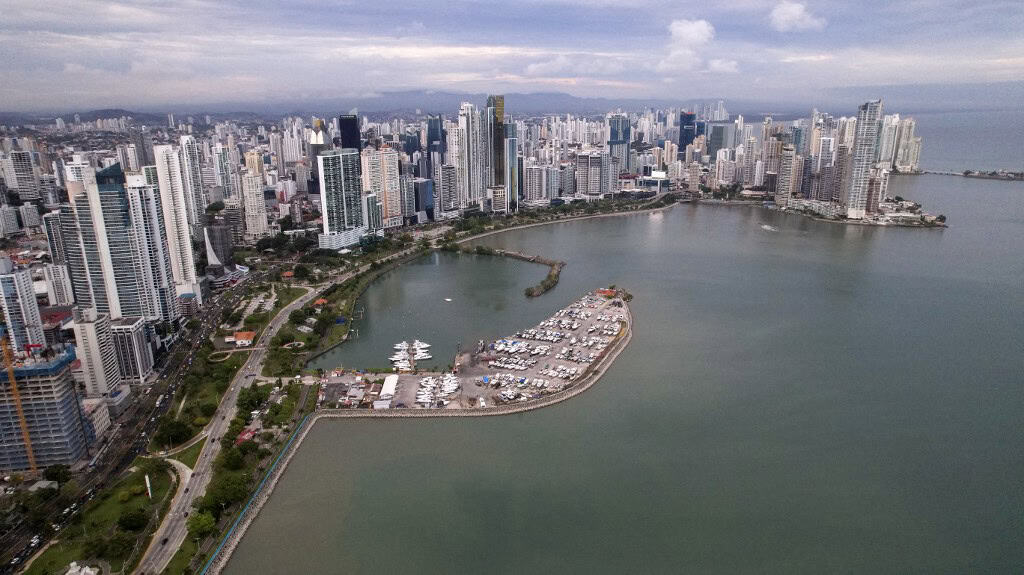Panama has claimed the top spot in International Living’s Annual Global Retirement Index for 2025, unseating Costa Rica, which dropped to third place behind Portugal, according to the report released late last year. The shift highlights Panama’s growing appeal for retirees seeking affordability, modern amenities, and ease of relocation.
The index ranks 20 countries based on seven categories: cost of living, healthcare quality, climate, infrastructure, visa and residency processes, retiree benefits, and community integration. Panama’s rise reflects improvements across all areas, particularly its retiree-friendly policies and robust infrastructure. “Panama’s modern amenities, stable economy, and unbeatable Pensionado Visa program make it a standout,” said Jennifer Stevens, Executive Editor at International Living.
Costa Rica, a long-time favorite, remains a strong contender despite slipping from first place in 2024. Known for its “Pura Vida” lifestyle, our country captivates with “amazing landscapes, breathtaking waterfalls, brightly colored toucans, and scarlet macaws flying overhead,” as described by Bekah Bottone, International Living’s Costa Rica correspondent. Its biodiversity—housing nearly 6% of the world’s species—and stable democracy continue to draw nature travelers and eco-conscious retirees.
In Costa Rica, retirees’ budgets vary widely. Some U.S. expats live comfortably on $1,600 a month in the Central Valley, where affordable rentals and proximity to top-tier hospitals are perks. Beach towns like Tamarindo, however, see higher costs, with rentals often exceeding $2,000 due to demand. The healthcare system, a regional leader, offers public (Caja) and private options, though public sector wait times can frustrate many expats who may not be accustomed to such long delays. Private care, on the other hand, while high-quality, comes at a premium compared to Panama.
Panama, by contrast, offers a lower cost of living and significant retiree perks. Couples can live well on $2,400 a month, with luxury lifestyles achievable for $2,900. The Pensionado Visa, requiring a modest $1,000 monthly pension ($1,250 for couples), grants permanent residency and discounts: 25% off medical services and utilities, 50% off entertainment, and 25% off dining. Panama also boasts no taxes on foreign income and a low 0.5% property tax rate. “The program fosters an active, socially engaged life for retirees,” noted Jessica Ramesch, International Living’s Panama editor.
Infrastructure sets Panama apart further. Panama City’s metro system, fast internet, and potable water nationwide contrast with Costa Rica’s more variable roads and connectivity outside urban hubs. Located outside the hurricane belt, Panama offers a variety of climates—from coastal Coronado to the cool highlands of Boquete—while Costa Rica’s microclimates range from humid coasts to temperate valleys.
Costa Rica shines for those prioritizing natural beauty and community. Its established U.S. expat networks, especially in areas like Atenas and Grecia, ease transitions, though residency processes can take six to 12 months. Panama’s simpler visa pathways and English-speaking services appeal to retirees seeking convenience and urban vibrancy.
Both nations remain top retirement places, but Panama’s edge in affordability, infrastructure, and retiree benefits give it the 2025 crown. For retirees weighing options, Costa Rica offers an unmatched connection to nature, while Panama delivers modern ease and financial perks.






